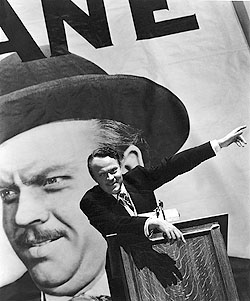 I disagree completely with Ezra Klein’s blanket statment that “No one can carry out complicated plans.” People can! If you’re willing to put in a lot of hard work and clear thinking, you absolutely can make complicated plans and carry them out successfully fairly often.
I disagree completely with Ezra Klein’s blanket statment that “No one can carry out complicated plans.” People can! If you’re willing to put in a lot of hard work and clear thinking, you absolutely can make complicated plans and carry them out successfully fairly often.
However, I agree completely with Ezra’s specific observation that politicians are rarely as sneaky and devious and 11-dimensional-chess-ish as we think:
Partisans are very good at recognizing disarray and incompetence on their side of the aisle, but they tend to think the other side is intimidatingly capable and unburdened by scruples or normal human vulnerabilities. And there’s so much press interest in Svengali political consultants like Karl Rove or David Plouffe, all of whom get built up in the press as infallible tacticians, that the place just looks a lot more sophisticated than it really is.
But I tend to be shocked at how sophisticated it isn’t. Communication between various political actors — a crucial ingredient in any serious plan — is surprisingly informal and inadequate….There’s also a lot less long-term planning than you might think. In general, politicians are overworked and understaffed….The most common lamentation you’ll hear from congressional staffers when a legislative fight starts going badly is “didn’t anyone think of this beforehand?” In general, the answer is yes, someone saw the fight over the excise tax or the expiration of the Bush tax cuts coming. They just didn’t have enough time, or couldn’t get their boss and the relevant principals and staff members from other offices to put aside the time, to plan for it.
I don’t have even a scintilla of personal experience observing Washington strategists up close, but even from 3,000 miles away this rings true. There’s no 11-dimensional chess. There are no bank shots. Virtually all political plans are straightforward efforts to figure out how to persuade more people to support you. Sometimes those plans are sophisticated and sometimes they’re bumbling, but they’re almost never anything other than what they seem. At most, they’re hidden by the usual thin veneer of hypocrisy or self-righteousness, and that’s about it.

















